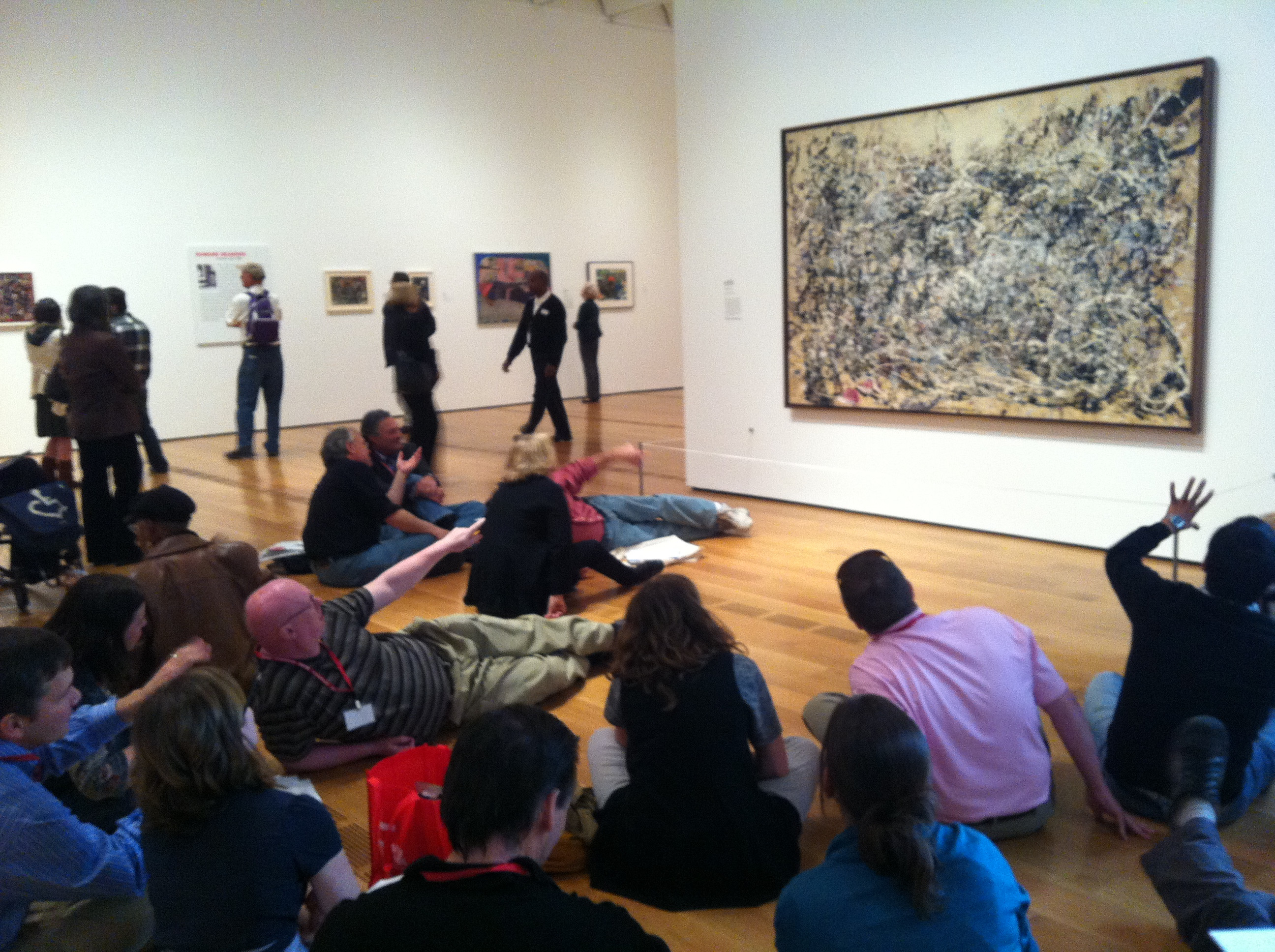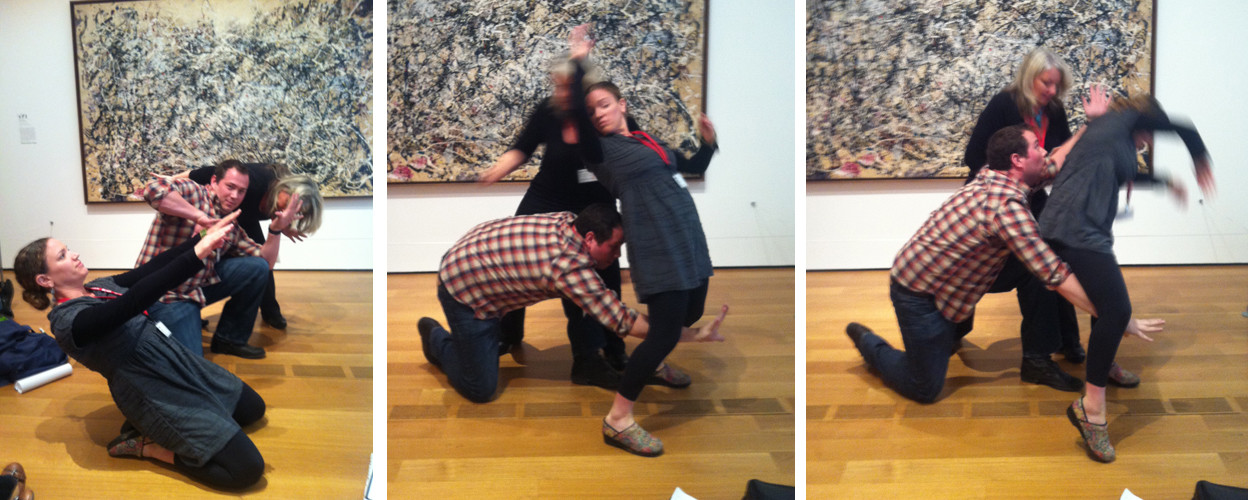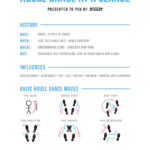In today’s educational landscape, there’s a growing emphasis on interdisciplinary learning, encouraging educators and students to connect different fields of knowledge and ways of thinking. Within art education, this interdisciplinary approach opens exciting avenues for exploring visual art through various lenses, including movement and dance. By integrating kinesthetic, musical, and linguistic modes of thinking, we can enrich the experience of interpreting and understanding artworks, fostering a deeper engagement with both the art and our own learning processes. This exploration delves into how responding to art through diverse creative forms can enhance cognition and self-awareness as learners and thinkers, particularly when considering “Dancing Art” as a core interpretive tool.
In November 2011, a workshop at the High Museum of Art, part of the Project Zero/CASIE conference, provided teachers with an immersive experience in interdisciplinary art engagement. The focal point was Jackson Pollock’s “Number 1A,” 1948, on loan from the Museum of Modern Art. This session aimed to make thinking visible, drawing from Project Zero’s methodologies and Ron Ritchhart’s work, by encouraging participants to document their reflections throughout their interaction with Pollock’s masterpiece.
OBSERVING THROUGH LOOKING
The workshop commenced with a period of focused observation of Pollock’s painting. Participants were encouraged to record their initial reactions and questions in journals, setting the stage for a deeper engagement with the artwork. This initial looking phase is crucial in any art interpretation process, allowing for personal connections and laying the groundwork for subsequent explorations.
 Teachers attentively observing Jackson Pollock's Number 1A, initiating art interpretation through careful visual analysis.
Teachers attentively observing Jackson Pollock's Number 1A, initiating art interpretation through careful visual analysis.
SKETCHING WITH LINES AND LANGUAGE: A LINGUISTIC DANCE
Inspired by Jack Kerouac, a contemporary of Pollock known for his spontaneous prose, the next activity bridged visual art with linguistic expression. Kerouac’s “Essentials of Spontaneous Prose” advocates for an “undisturbed flow from the mind of personal secret idea-words.” Participants were asked to first identify and sketch two or three significant lines from Pollock’s painting. They then expanded these visual sketches into “language sketches,” using words to capture their essence in a free-flowing, unedited manner, mirroring Kerouac’s spontaneous style. This exercise encouraged a “swimming in a sea of language,” allowing for a different mode of connection with the artwork, translating visual elements into written form, akin to a linguistic dance around the painting’s core.
MAKING ART RESONATE WITH SOUND: AN AUDITORY INTERPRETATION
Drawing on Pollock’s affinity for jazz music, the workshop then explored the auditory dimension of the painting. Lee Krasner noted Pollock’s view of jazz as “the only other really creative thing that was happening in this country,” highlighting a connection between abstract expressionism and improvisational sound. The gallery transformed into a ‘sound lounge’ where small groups experimented with creating sound compositions using only their bodies and readily available items. This ‘found sound’ exercise aimed to extract the underlying structures of rhythm and tempo within the seemingly chaotic painting. Participants discovered that the sounds they created, though inspired by an abstract artwork, often possessed a surprising sense of rhythm and control. This auditory response revealed a new, almost subconscious layer of the artwork and the creative process, demonstrating how art can “dance” to different senses.
Performing the sounds inspired by Pollock’s painting, exploring rhythm and texture through auditory expression.
MOVEMENT AS MEANING: EMBODIED DANCE WITH ART
Acknowledging the dynamic, gestural nature of Pollock’s painting style, particularly evident in Hans Namuth’s films showing Pollock dancing around his canvases, the workshop integrated movement as a primary mode of interpretation. Dance critic Roger Copeland described Namuth’s Pollock film as “one of the world’s most significant dance films,” suggesting “the fundamental impulse behind abstract expressionism was the desire to transform painting into dancing.” This perspective frames Pollock’s process itself as a form of “dancing art.”
Participants were invited to embody the layers of paint in Pollock’s work through dynamic movement. Volunteers modeled improvisational movement responses, and small groups then created three-dimensional moving interpretations, incorporating sounds and words as desired. By physically engaging with the artwork, participants could “pull apart” the layers of paint, internalize them, and use their bodies to construct meaning. This kinesthetic approach allowed for a profound understanding of the energy and dynamism inherent in Pollock’s abstract expressionism, revealing “dancing art” not just as a subject, but as a method of engagement.
 Volunteers modeling dynamic movement responses to Pollock’s artwork, exploring embodied interpretation and kinesthetic understanding.
Volunteers modeling dynamic movement responses to Pollock’s artwork, exploring embodied interpretation and kinesthetic understanding.
INTERDISCIPLINARY SYNERGY: CLASSROOM APPLICATIONS
The workshop concluded with a discussion on applying these interdisciplinary experiences in educational settings. The conversation centered on the nature of interdisciplinary learning – connected, collaborative, open, and synergistic. One teacher’s remark that the entire experience felt like “synergy” perfectly encapsulated the workshop’s aim: to demonstrate how different modes of engagement could converge to create a more meaningful and holistic learning experience.
Reflecting on the workshop, participants considered what Jackson Pollock’s work could teach about learning itself. The layered and complex nature of his paintings mirrored the multifaceted landscapes of learning, suggesting that a multi-modal approach, like exploring “dancing art” within visual art, could enrich and deepen understanding. The workshop left participants with the sense that Pollock’s “Number 1A” offered valuable insights into learning and the process of knowledge construction, advocating for a more embodied and creatively diverse approach to art education and beyond.
The workshop concluded with a relevant quote from choreographer Merce Cunningham, further emphasizing the interconnectedness of movement and art.
Share this:
Like Loading…

